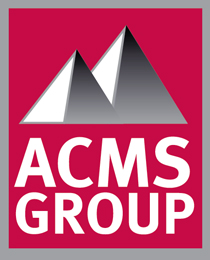As a construction project manager, you’re focused on ensuring the project is completed on time and within the established budget. But it’s critically important that you not let safety take a back seat to efficiency and cost-cutting measures.
Wondering how to improve safety on your construction site? Here are some tips on how to improve safety conditions for your workers:
- Standards and safety legislation are continually updated, so make safety a priority by staying up to date on the latest regulations. Remind workers to follow safety procedures and help keep them safe from potential hazards. Workers should also be trained on the site safety plan, including safety hazards, evacuation routes and how to contact emergency services.
- Every second counts when injuries occur—everyone should know what they’re doing if something unexpected occurs. Train workers on safety risks and safety procedures. Make safety training mandatory for all workers, not just new hires.
- If you’re working at height, use the proper safety equipment, including safety harnesses, safety lines and fall protection systems, to secure workers during any construction tasks or activities. Workers should be trained on how to use this protective gear properly so there are no surprises.
- Construction sites are inherently dangerous for work activities such as operating heavy machinery or using ladders and scaffolding. Make sure you call attention to safety concerns with posted signage. Keep safety hazards out of reach by using nets and safety barriers.
- On small construction sites or tasks that are less dangerous, consider offering safety footwear. The foot is the foundation for balance and stability. Poorly fitting safety footwear can lead to injuries like lacerations and puncture wounds when worn outside in construction environments.
- Dusty conditions create invisible safety hazards that can cause injuries to workers, such as skin irritation and respiratory problems. Use dust masks and respirators to create a barrier between your workers and the dusty environment.
- Ensure safety equipment is kept in good condition and workers know how to use safety gear properly. You should also provide training on the use of safety equipment so there are no surprises.
Unfortunately, some safety concerns can’t be addressed with signs and equipment alone, which is why it’s prudent to hire a safety manager for your project. A safety manager can oversee safety procedures and protocols on site, particularly for larger construction sites or projects that pose greater risks.
Safety is everyone’s job, and safety training, procedures, signage and equipment are just a few of the tools that can be employed to improve safety on construction sites. It also helps to work with a qualified construction manager that understands what’s necessary to ensure the safety of all workers on your site. ACMS Group has been working with clients for more than 25 years, and prioritizes safety every step of the way. We’ll partner with you to uphold the highest standards and protect your workers.
For more tips on how to improve safety at your worksite, or to schedule a consultation to discuss the particulars of your project, contact our experts today.
